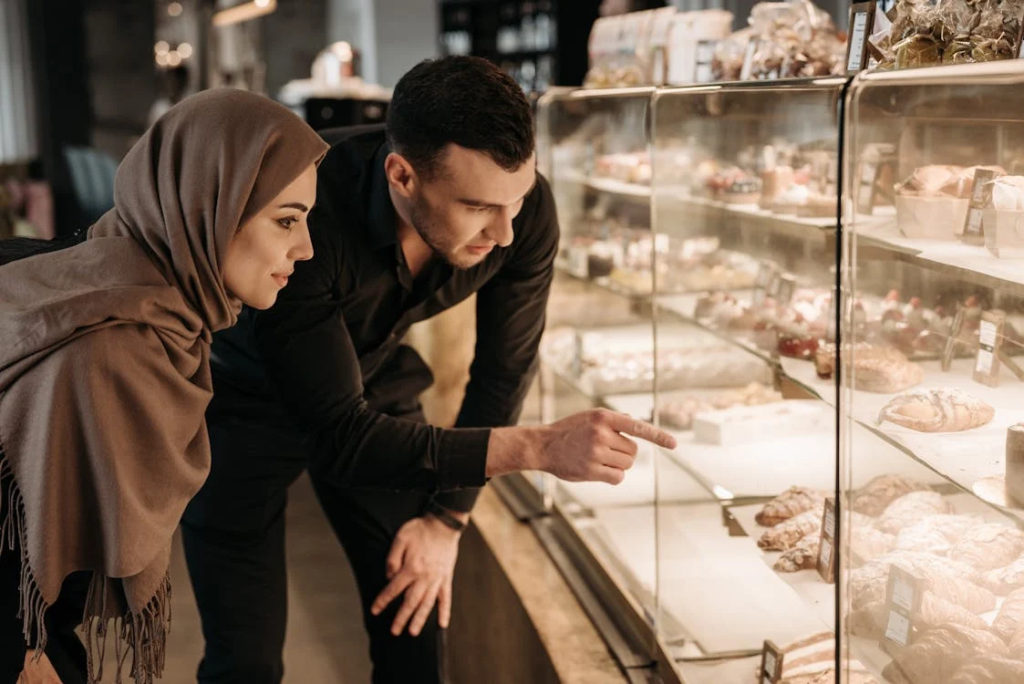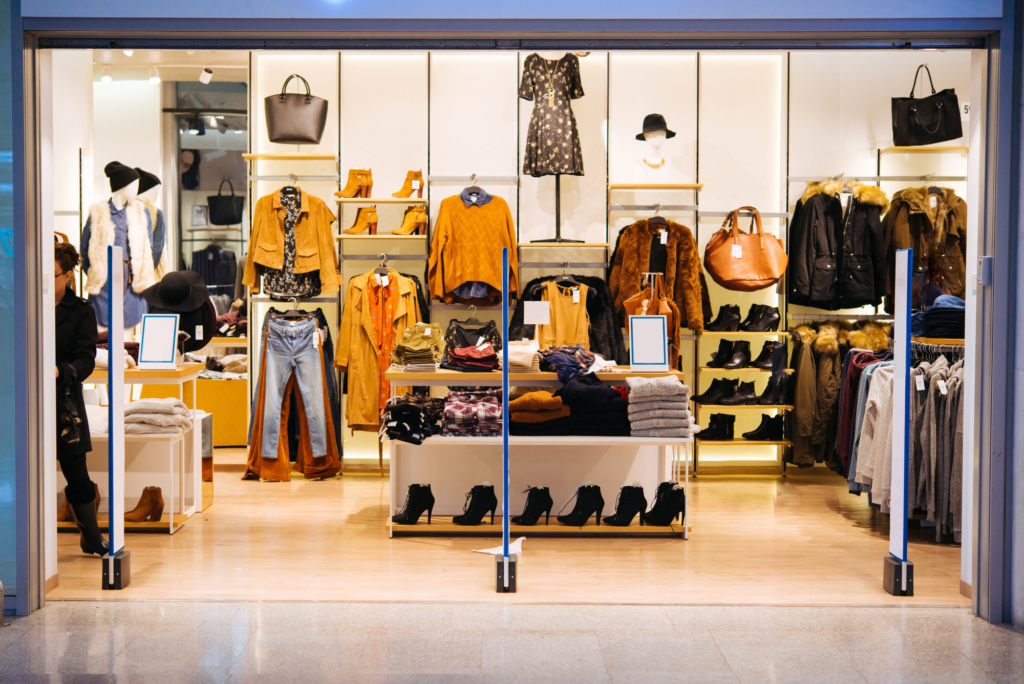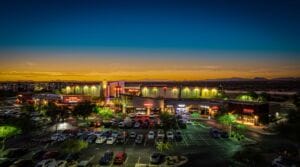Let’s be real, shopping, these days, is synonymous with buying things online, at least theoretically. After all, as of 2024, the world has over two billion people who buy stuff online. As a result of that, global retail e-commerce sales are expected to exceed the $6.3 trillion mark this year.
Vox puts it in somewhat simpler terms – the idea of “going shopping” is dead. This, in case you didn’t know, is not just an American problem. People all over the world prefer shopping online rather than at stores in person. Take the UK as an example. Here, only 26 percent of the people prefer shopping in a physical store.
All that being said, in-person shopping isn’t going away anytime soon. In fact, small businesses and retail stores are trying their best to ensure that customers start shopping at the physical stores. One approach they are taking to make this shift happen is offering experiential retail facilities.

What is Experiential Retail?
Experiential retail is where customers are offered more than just a product; they are given a memorable experience. In a way, it’s a retail marketing strategy where you have your customers come into your physical store. They are then offered different kinds of experiences beyond just shopping.
These experiences can include things like art, live music, virtual reality, etc. For small businesses, providing and promoting experiential retail facilities can be a game-changer, allowing them to stand out in a crowded marketplace.
This article explores how small businesses can successfully implement and promote these experiences, helping to forge stronger connections with customers and drive growth.
Craft Unique In-Store Experiences
The foundation of experiential retail lies in the in-store experience. Small businesses can differentiate themselves by creating unique, immersive environments that captivate customers and leave a lasting impression. This could involve transforming the physical space into an interactive environment, where customers can engage with products in new and exciting ways.
For example, a clothing boutique might offer a virtual fitting room. Here, customers at the boutique can see how different outfits look on them without having to actually put them on. Such an interactive approach makes shopping more convenient and elevates the overall experience.
Another way to enhance the in-store experience is by incorporating live demonstrations or workshops that highlight the unique features of the products.
Take the case of Taos Clay Studio in New Mexico. It showcases and sells pottery made by local artists. At the same time, it has customers coming in and participating in pottery classes. This helps the store build a deeper connection between its customers and its products.

Increase Digital Awareness Surrounding the Experiential Retail Facilities
While creating exceptional in-store experiences is crucial, promoting them is equally important. Small businesses must increase digital awareness of their experiential retail facilities to reach a broader audience and attract more customers.
Leveraging search engines and search engine optimization (SEO) strategies can significantly enhance their online visibility and drive foot traffic to their physical stores.
One of the first steps in promoting experiential retail online is optimizing the business’s website and online content. Incorporate relevant keywords, such as “experiential retail” and “unique shopping experience,” into the website’s meta tags, descriptions, and content. That way, you can improve the visibility of your brand’s experiential retail facilities online, especially on search engines.
Working with an SEO company or utilizing SEO services can help ensure that the business’s website is optimized for search engines. This makes it easier for potential customers to find information about the experiential offerings.
For instance, we talked about Taos Clay Studio in New Mexico. Let’s say they open an outlet in Albuquerque with the same experiential facilities. This brand can hire services that offer affordable SEO in Albuquerque and have them improve the store’s online visibility locally. More Albuquerque locals will be aware of such an experiential retail store in their area that way.
According to 1 Internet Marketing, such a localized SEO approach is a must to attract local customers. This is particularly important for stores that can’t miss out on a local customer base as they want in-person presence at their stores.
Content marketing is another powerful tool for increasing digital awareness. Small businesses can create blog posts, videos, or social media content that highlights the unique experiences they offer. For example, a small bakery could create a video showcasing a behind-the-scenes look at a bread-making workshop.
Host Exclusive Events
Creating exclusivity around the experiential retail offering can also attract more customers. Hosting invite-only events or offering early access to new products for loyal customers can make the experience feel special and personalized.
These events can range from private shopping sessions to product launch parties, where attendees can enjoy a unique experience that they won’t find elsewhere.
To promote these exclusive events, small businesses can use email marketing to reach out to their most loyal customers. Personalized invitations and sneak peeks can create anticipation and make customers feel valued.
In the rapidly changing retail landscape, small businesses can set themselves apart by offering experiential retail facilities that engage and delight customers. The key is to continuously innovate and promote these experiences to ensure that customers keep coming back for more. Through strategic efforts both in-store and online, small businesses can thrive in an increasingly competitive market.




